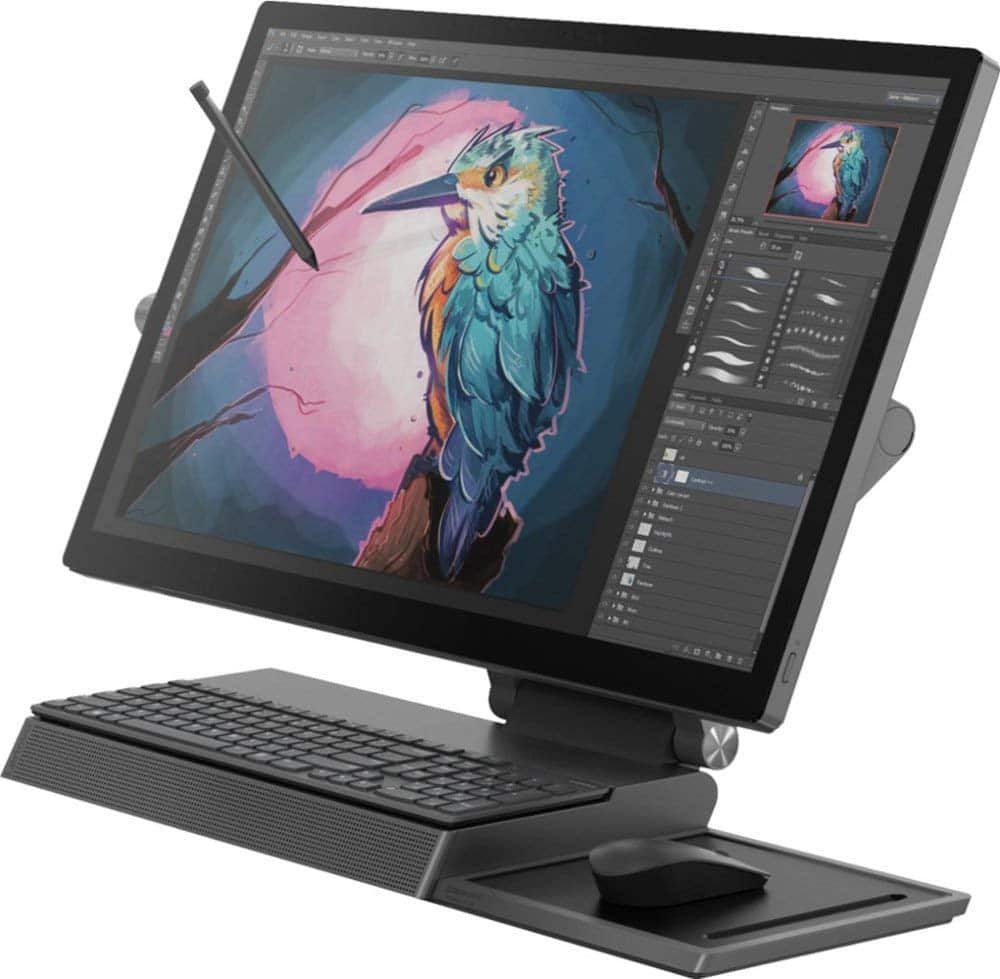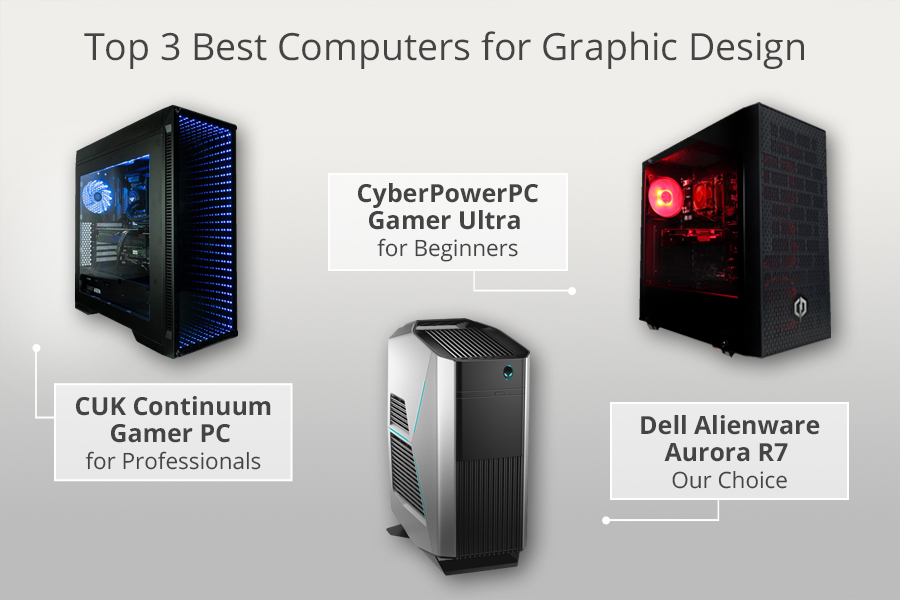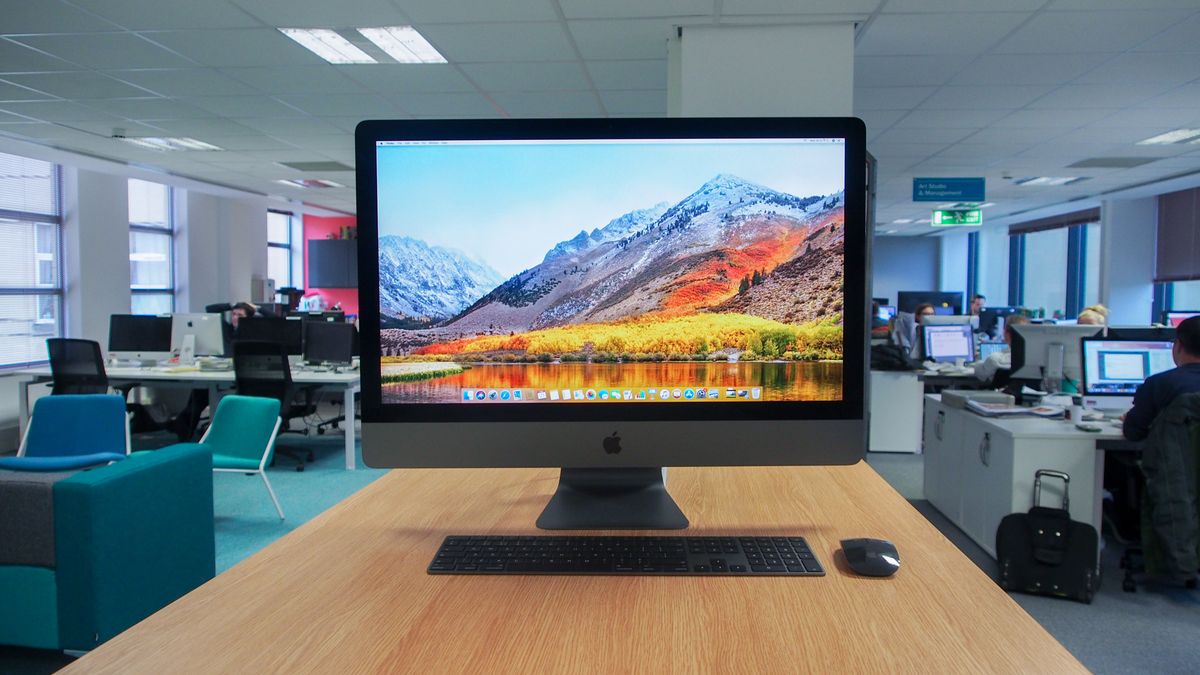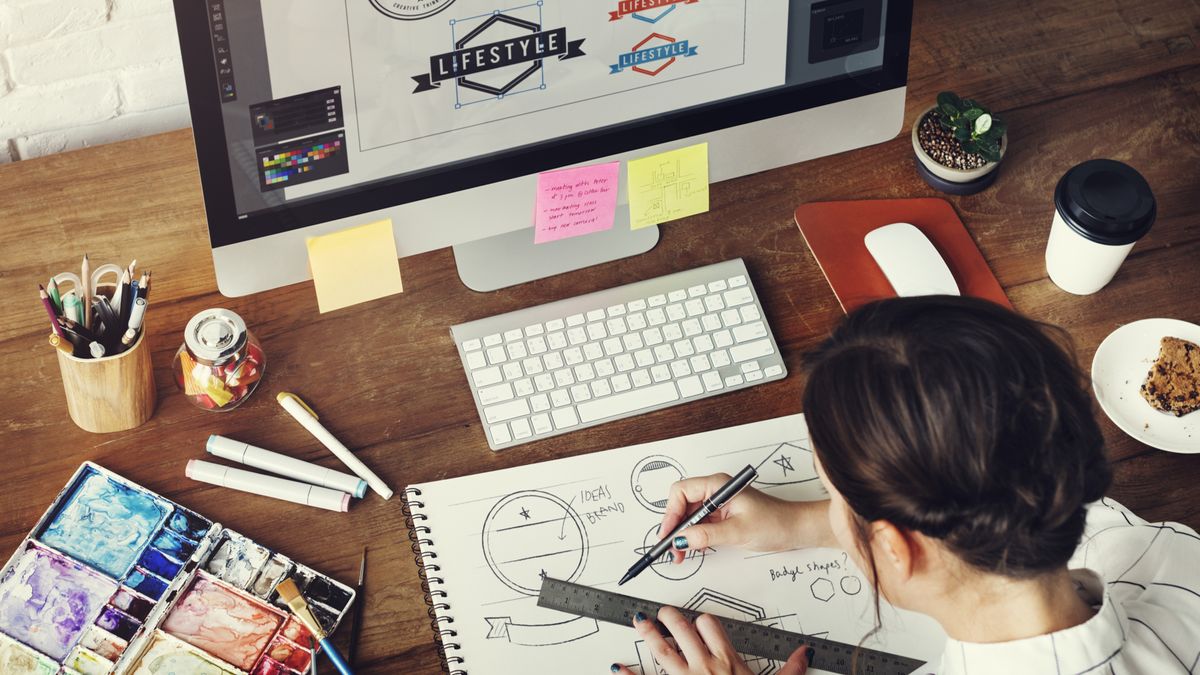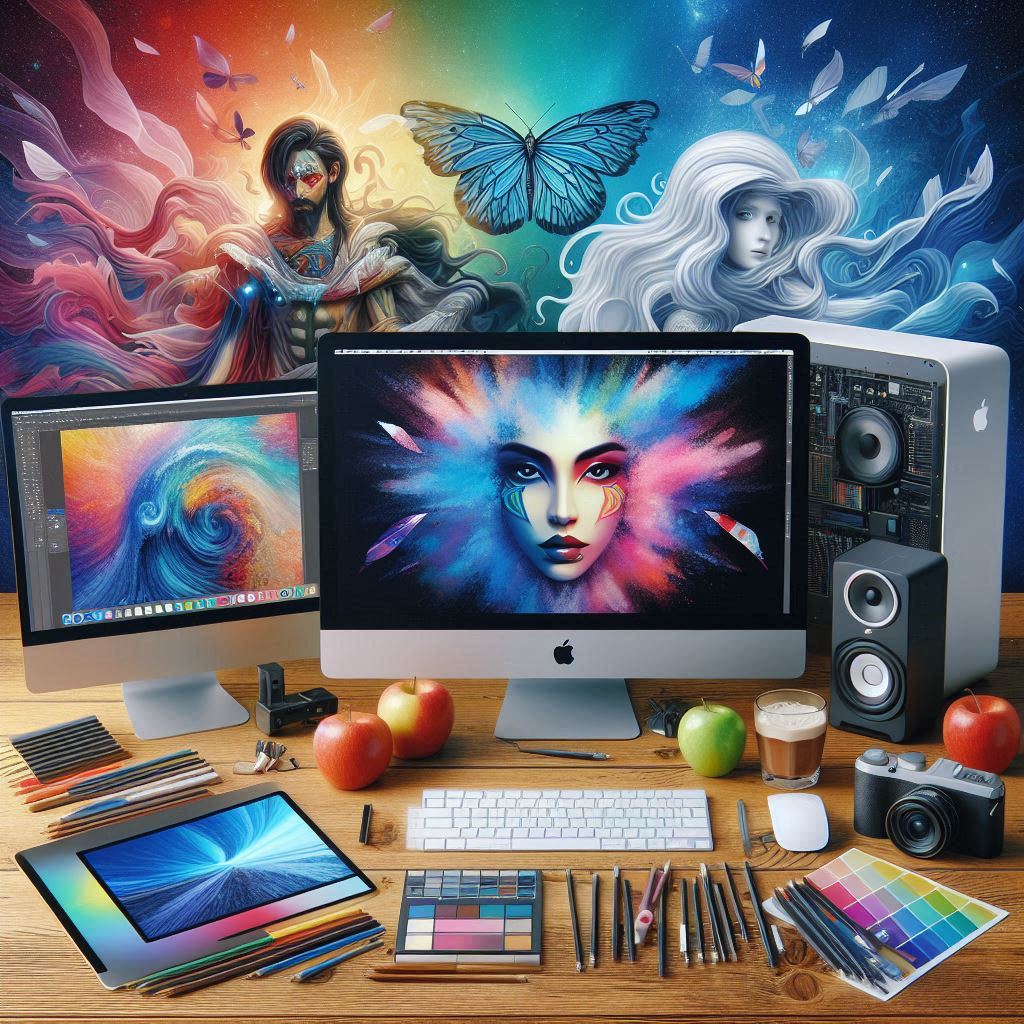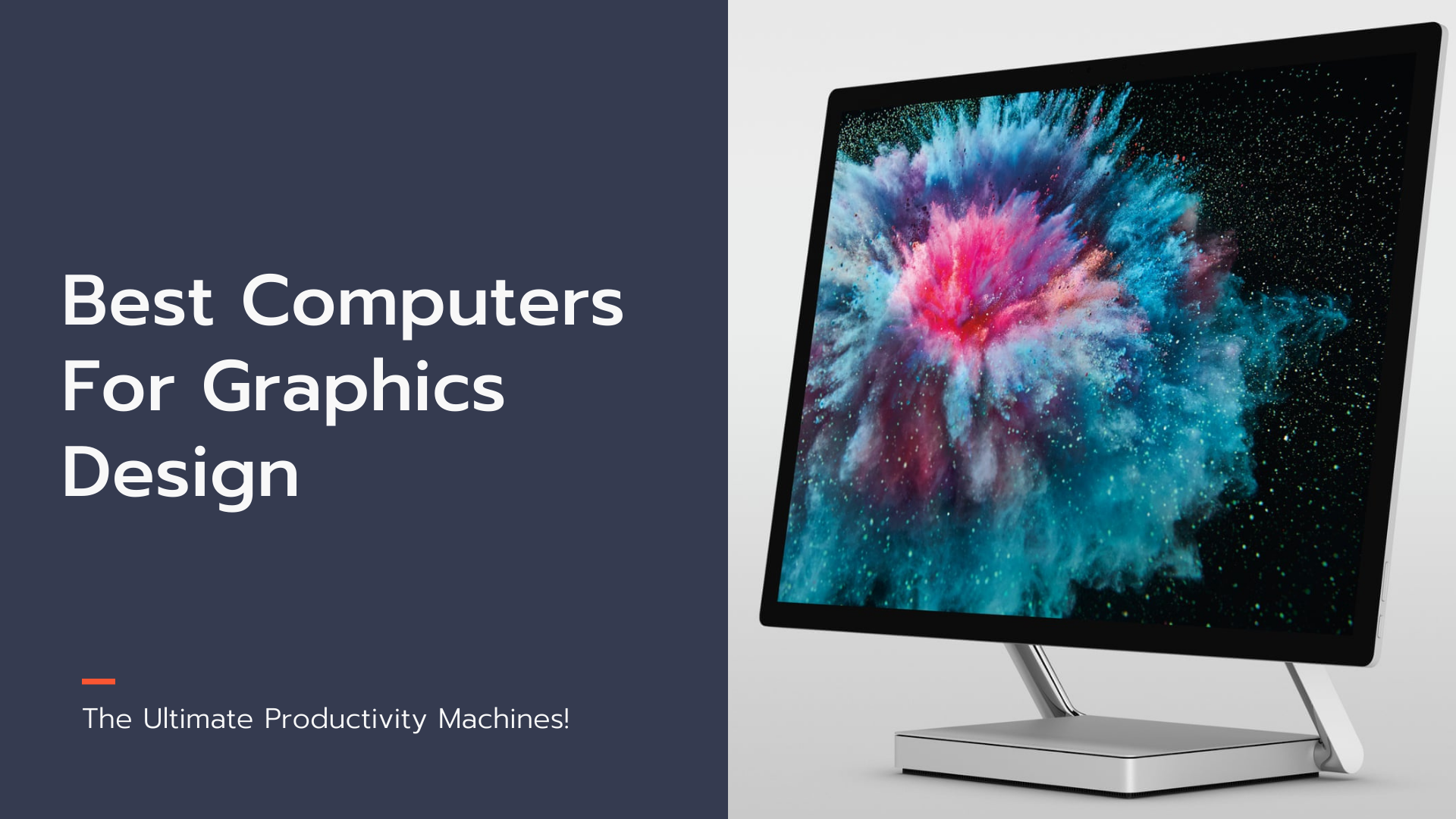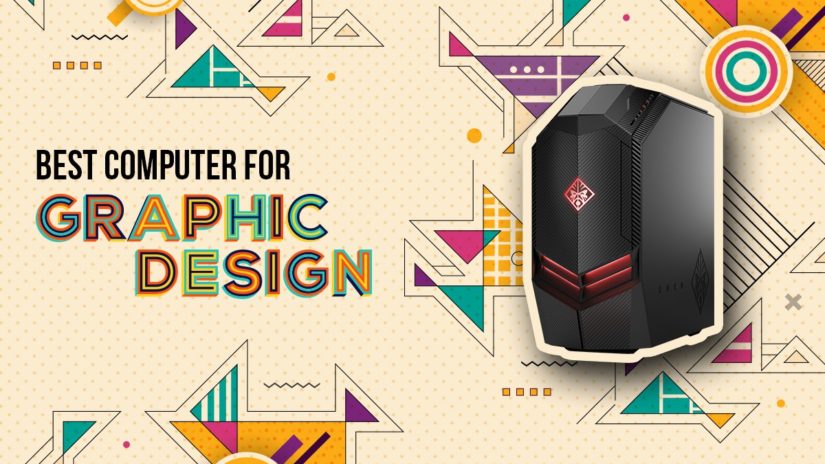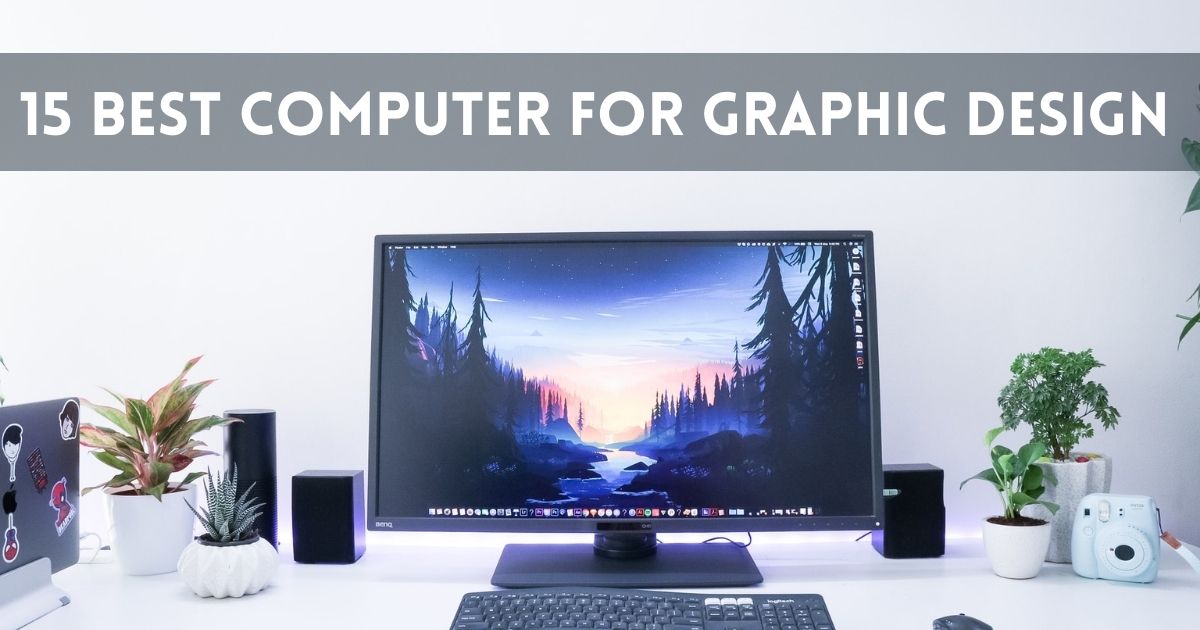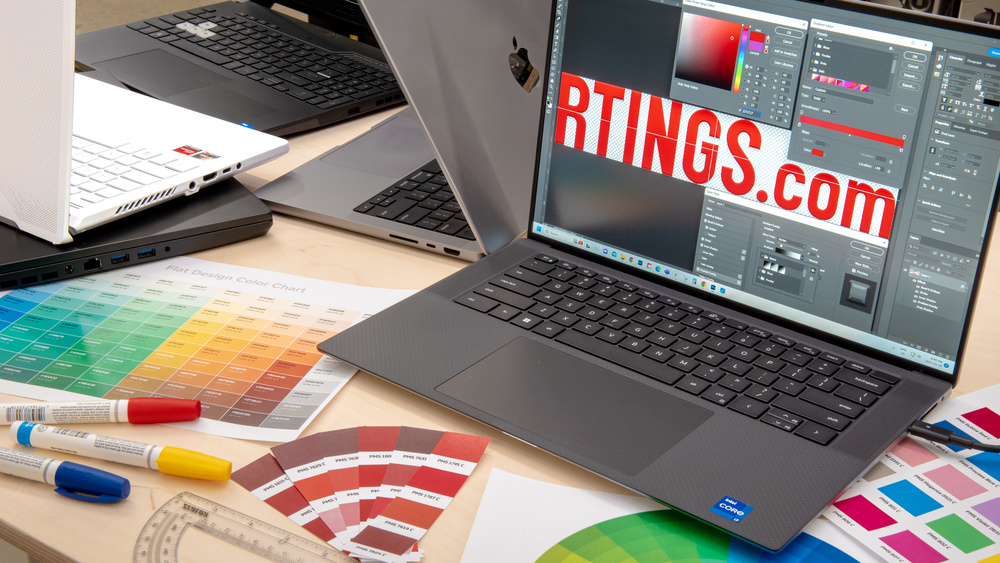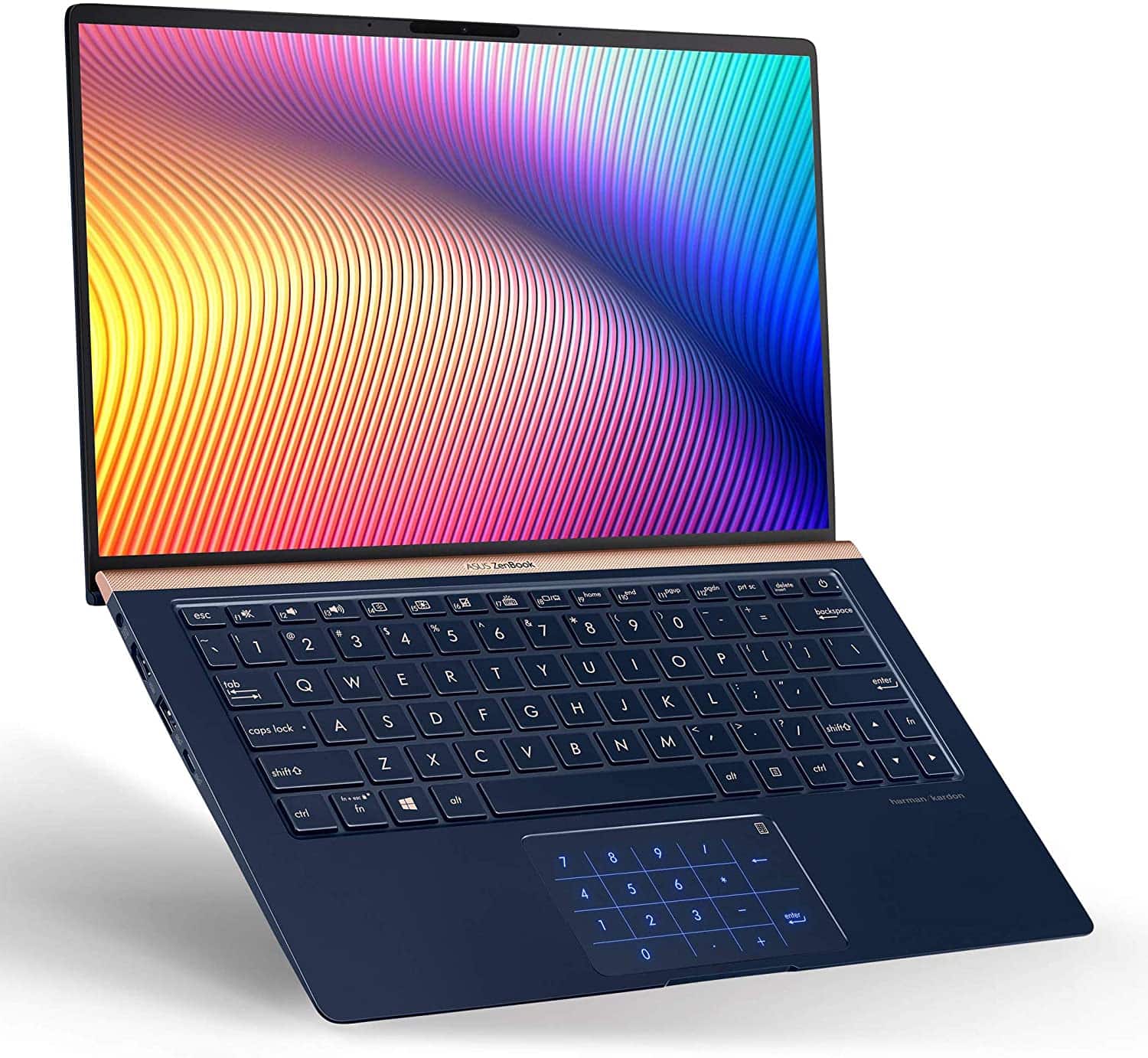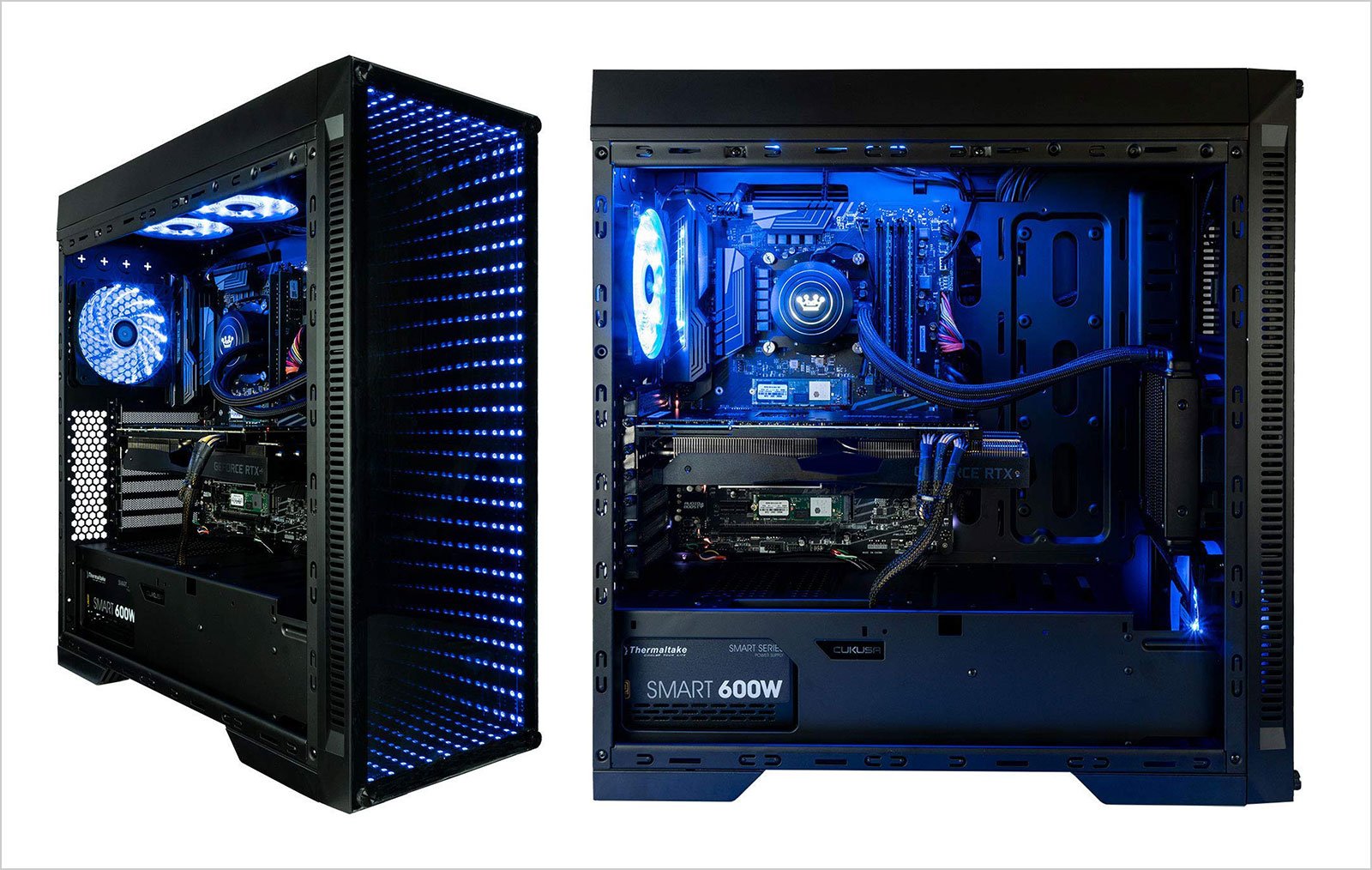Best Computer For Graphics Design
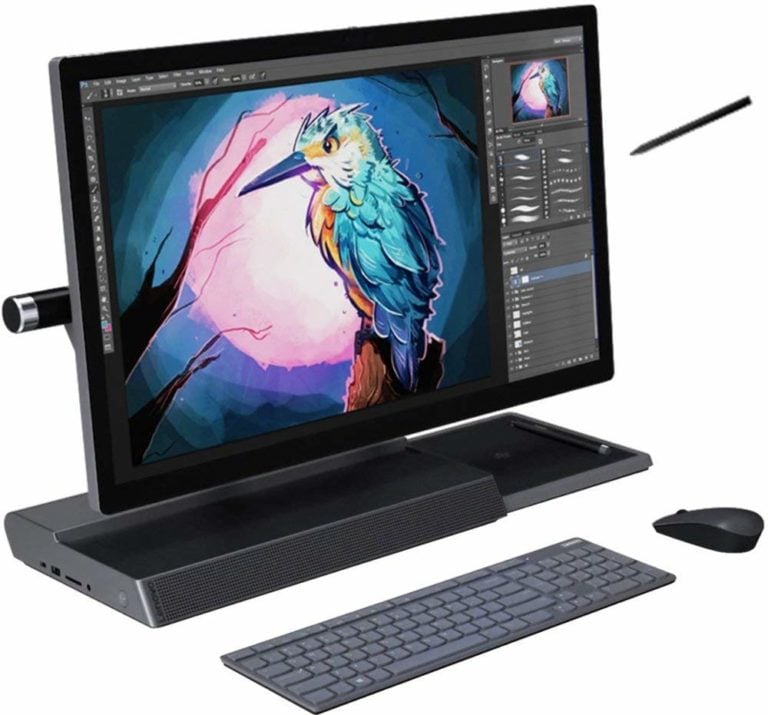
So, you're diving into the exciting world of graphic design! That's fantastic! Before you can unleash your creativity, you'll need the right tools, and at the heart of it all is a capable computer. This guide is tailored for first-time buyers, cutting through the jargon to help you find the best machine to bring your artistic visions to life.
Why does choosing the right computer matter for graphic design? Imagine trying to paint a masterpiece with a brush that sheds bristles constantly. A slow, underpowered computer can frustrate you with lag, crashes, and endless loading times. Choosing the right one ensures a smooth, efficient workflow, letting you focus on what truly matters: creating stunning visuals.
Top 5 Computers for Graphic Design: A Head-to-Head Comparison
| Model | Price (USD) | Processor | RAM | Graphics Card | Storage | Warranty |
|---|---|---|---|---|---|---|
| Apple iMac 27-inch | $1,799 | Intel Core i5 | 8GB | AMD Radeon Pro 5300 | 256GB SSD | 1 Year Limited |
| Apple MacBook Pro 16-inch | $2,499 | Apple M1 Pro | 16GB | Integrated 16-Core GPU | 512GB SSD | 1 Year Limited |
| Dell XPS 15 | $1,499 | Intel Core i7 | 16GB | NVIDIA GeForce RTX 3050 | 512GB SSD | 1 Year |
| HP Envy Desktop | $899 | Intel Core i5 | 16GB | Intel UHD Graphics 770 | 512GB SSD | 1 Year |
| Microsoft Surface Studio 2+ | $4,299 | Intel Core i7 | 32GB | NVIDIA GeForce RTX 3060 | 1TB SSD | 1 Year Limited |
Detailed Reviews: Unpacking the Power
Apple iMac 27-inch
The iMac 27-inch is a design classic. Its stunning Retina display offers incredible color accuracy. The processing power is sufficient for most design tasks, especially with an SSD.
Consider upgrading the RAM to 16GB for smoother multitasking. The integrated graphics are decent, but professionals might want to opt for a discrete graphics card, if possible, when configuring.
Apple MacBook Pro 16-inch
The MacBook Pro 16-inch boasts Apple's powerful M1 Pro (or Max) chip, delivering exceptional performance. It handles demanding software like Adobe Photoshop and Illustrator with ease. The battery life is also impressive, making it a great choice for designers on the go.
The high price point is a factor to consider. This is a premium device aimed at professional users.
Dell XPS 15
The Dell XPS 15 offers a compelling blend of performance and portability. Its discrete NVIDIA GeForce RTX graphics card provides ample power for graphic design work and even some light video editing. The display is vibrant and accurate, making it suitable for visual tasks.
Dell is a reliable Windows laptop. It's a great option for designers who prefer Windows operating system.
HP Envy Desktop
The HP Envy Desktop offers a budget-friendly entry point. It's a great option for designers just starting out or those on a tighter budget. While it may not match the performance of higher-end models, it can handle basic design tasks.
Consider adding a dedicated graphics card and more RAM. This desktop has good potential for upgrades.
Microsoft Surface Studio 2+
The Microsoft Surface Studio 2+ is a unique all-in-one desktop. Its adjustable touchscreen display is perfect for sketching and drawing directly on the screen. The powerful internal components provide smooth performance for demanding design applications.
The high price makes it a niche product, but for digital artists seeking a highly interactive experience, it is a strong contender.
Used vs. New: Weighing the Options
Buying used can save you a significant amount of money.
Pros of Used: Lower price, access to higher-end models at a budget, environmentally friendly. Cons of Used: Shorter lifespan, potential for hidden problems, no warranty, older technology.
A new computer offers peace of mind with a warranty.
Pros of New: Full warranty, latest technology, guaranteed lifespan. Cons of New: Higher price, depreciation.
Carefully consider your budget and risk tolerance. If you buy used, inspect the computer thoroughly or buy from a reputable seller with a return policy.
Reliability Ratings by Brand
Reliability is crucial when investing in a computer.
- Apple: Known for their high build quality and reliable software.
- Dell: Offers a range of reliable models, particularly in their XPS and Precision lines.
- HP: Provides good value and generally reliable machines, though some budget models may have shorter lifespans.
- Microsoft: The Surface line is generally well-regarded for reliability.
Read online reviews and consider extended warranties for added protection. Remember that reliability can vary from model to model within a brand.
Checklist: 5 Must-Check Features Before Buying
- Processor: Look for at least an Intel Core i5 or AMD Ryzen 5.
- RAM: 16GB is recommended for smooth multitasking and handling large files.
- Graphics Card: A dedicated graphics card (NVIDIA GeForce or AMD Radeon) is ideal for demanding design tasks.
- Storage: An SSD (Solid State Drive) is essential for fast loading times and responsiveness.
- Display: Choose a display with good color accuracy (high sRGB or Adobe RGB coverage).
Don't compromise on these key features to ensure a smooth and efficient design workflow.
In Conclusion
Choosing the best computer for graphic design is a personal decision. It depends on your budget, workload, and preferred operating system. We have compared several machines and listed all the things you need to consider before buying the device.
Consider the factors mentioned above – your budget, the software you use, and the type of design work you do. A well-informed decision will set you up for success and allow you to focus on your creativity.
Ready to start your graphic design journey? Click here to explore the latest deals on computers and unleash your creative potential! Happy designing!
